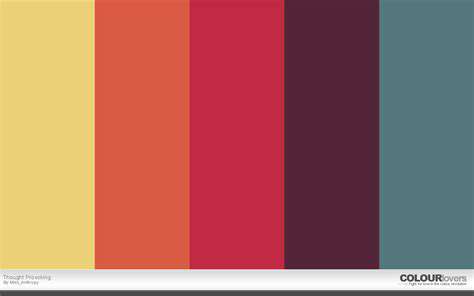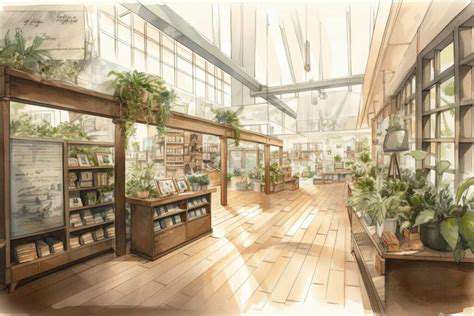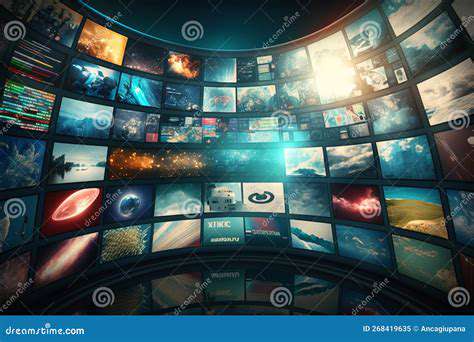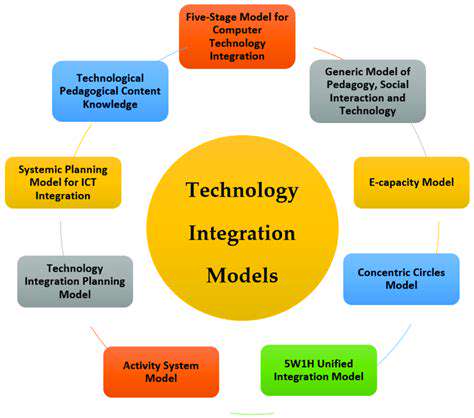Expert Guide to Crafting a Study Area That Inspires Both Work and Relaxation
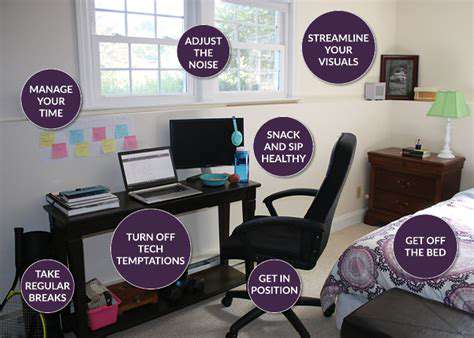
Designing Your Ideal Study Space
creating a dedicated study sanctuary isn't just about plopping a desk in a quiet corner. It's about crafting an environment that actively supports deep work and mental clarity. Let's talk lighting first - nothing beats natural sunlight streaming through a window, but when that's not an option, layered lighting with adjustable brightness makes all the difference for those marathon study sessions. Your eyes will thank you later.
Color psychology matters more than most people realize. While some thrive in vibrant spaces, many find muted blues and greens create the perfect backdrop for concentration. Clutter is the enemy of focus - invest in smart storage solutions that keep your essentials accessible but out of sight. A minimalist approach often yields maximum productivity.
Ergonomics and Comfort
That dining chair you've been using? It's probably sabotaging your study time. Your body wasn't designed to hunch over books for hours - invest in proper lumbar support and adjustable seating that keeps your spine in neutral alignment. Your future self will appreciate this when you're not dealing with nagging back pain during finals week.
Monitor height matters more than you'd think. The top of your screen should sit at eye level to prevent neck strain. And don't forget about your wrists - keep them straight to avoid repetitive stress injuries. Small adjustments can prevent big problems down the road.
Optimizing Lighting and Sound
Glare on your laptop screen is more than just annoying - it's productivity kryptonite. Position your workspace perpendicular to windows to avoid direct sunlight on screens. Task lighting with warm bulbs (around 2700K) creates the perfect ambiance for evening study sessions without the harshness of cool white lights.
For those easily distracted by noise, the right soundscape can work wonders. While complete silence works for some, others find binaural beats or nature sounds help maintain focus. Experiment to find your perfect auditory environment.
Managing Clutter and Organization
A messy desk equals a messy mind - it's not just an old wives' tale. Neuroscience shows that visual clutter competes for your brain's attention. The one-touch rule is golden - deal with each item immediately rather than creating piles. Digital clutter counts too - keep your desktop icons minimal and files properly organized.
Incorporating Motivational Elements
Personal touches transform a sterile workspace into an inspiring command center. That photo from your last vacation? It's not just decoration - visual reminders of your why provide powerful motivation when the going gets tough. Rotate inspirational items regularly to keep their impact fresh.
Utilizing Technology for Focus
Your devices can be productivity partners rather than distractions. App blockers like Freedom or Cold Turkey create digital boundaries, while focus timers using the Pomodoro technique prevent burnout. Just remember - no tool replaces self-discipline.
Creating a Routine and Schedule
Consistency breeds results. Anchor your study sessions to existing habits - maybe it's right after your morning coffee or before your evening workout. The key is making it automatic rather than something you have to decide to do each time.
Optimizing Your Study Space for Peak Performance
Choosing the Right Location
Location selection makes or breaks your study effectiveness. Some thrive in the gentle buzz of a coffee shop, while others need absolute silence. Your ideal environment depends on both your personality and the task at hand - creative work might flourish with background noise, while memorization often requires quiet.
Ergonomics and Comfort
Your chair is your throne - choose wisely. Look for adjustable features that allow your feet to rest flat with knees at 90 degrees. Standing desks aren't just a fad - alternating between sitting and standing can boost circulation and energy levels during long sessions.
Minimizing Distractions
Out of sight, out of mind applies perfectly here. Create physical barriers to temptation - turn your phone face down, use full-screen mode on your computer, or even face a blank wall if necessary. The fewer visual distractions, the deeper your focus.
Organizing Your Study Materials
The everything in its place philosophy saves countless hours. Color-coded binders or digital tagging systems prevent that frantic pre-exam search for notes. Pro tip: Keep frequently used items within arm's reach and archive what you don't need daily.
Creating a Motivational Atmosphere
Your environment should energize, not drain you. Seasonal decor refreshes keep your space feeling current - swap out that winter-themed inspiration board for spring motifs when the time comes. Small changes prevent study space stagnation.
Incorporating Elements of Relaxation and Wellbeing
Prioritizing Mental Wellness During Study Sessions
Mental health directly impacts learning capacity. The 20-20-20 rule prevents eye strain - every 20 minutes, look at something 20 feet away for 20 seconds. These micro-breaks add up to sustained focus without burnout.
Designing a Study Environment Conducive to Relaxation
Biophilic design isn't just trendy - it works. A single peace lily or snake plant improves air quality while reducing stress. If you lack a green thumb, even nature photographs or a small desktop fountain can provide similar benefits.
Create wedding decorations with seasonal flowers while supporting local flower farmers
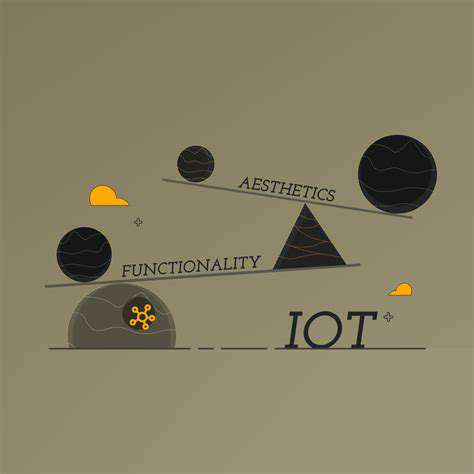
Beyond the Basics: Personalizing Your Study Retreat
Unveiling Your Learning Style
Self-awareness is the foundation of effective studying. Kinesthetic learners often benefit from walking while reviewing notes, while visual learners should diagram concepts. Auditory learners? Try recording your notes and playing them back during commutes.
Tailoring Your Schedule for Optimal Focus
Respect your natural rhythms. Track your energy levels for a week to identify peak performance windows - then guard those times fiercely for your most challenging material. Everything else can wait.
Selecting Relevant Resources and Materials
Quality trumps quantity every time. Curate your reference materials like a museum collection - only the most valuable pieces deserve shelf space (real or digital). Everything else is just clutter.
Cultivating a Conducive Learning Environment
Your space should serve you, not the other way around. Experiment with different configurations until you find your sweet spot - some need expansive desks while others thrive in cozy nooks. There's no one-size-fits-all solution.
Integrating Movement and Well-being Practices
Sitting is the new smoking, as they say. Set reminders to stretch every 30 minutes - simple neck rolls or shoulder shrugs prevent stiffness. Better yet, keep resistance bands or small weights nearby for quick movement breaks.
Defining Specific Learning Goals and Objectives
Vague goals yield vague results. Frame objectives as SMART goals - Specific, Measurable, Achievable, Relevant, and Time-bound. Understand photosynthesis becomes Explain the light-dependent reactions in 3 minutes by Friday.
Read more about Expert Guide to Crafting a Study Area That Inspires Both Work and Relaxation
Hot Recommendations
- Trendy Kitchen Interiors: Open Concepts and Smart Storage Solutions
- Expert Multi Functional Room Ideas for Combining Entertainment with Fitness
- Modern Home Office Inspirations for a Study That Merges Work and Leisure
- Modern Bathroom Design Ideas for Optimizing Small Spaces and Safety
- Expert Strategies for a Children's Room That Inspires Growth and Imagination
- Modern Bathroom Inspirations for a Space That Prioritizes Safety and Efficiency
- Creative Multi Functional Space Ideas for a Room That Combines Gym and Media
- Modern Techniques for a Multi Purpose Room That Enhances Home Entertainment and Fitness
- Expert Guide to Balancing Modern Art and Functional Living Room Layouts
- Expert Tips for a Children's Room That Balances Play, Learning, and Security
